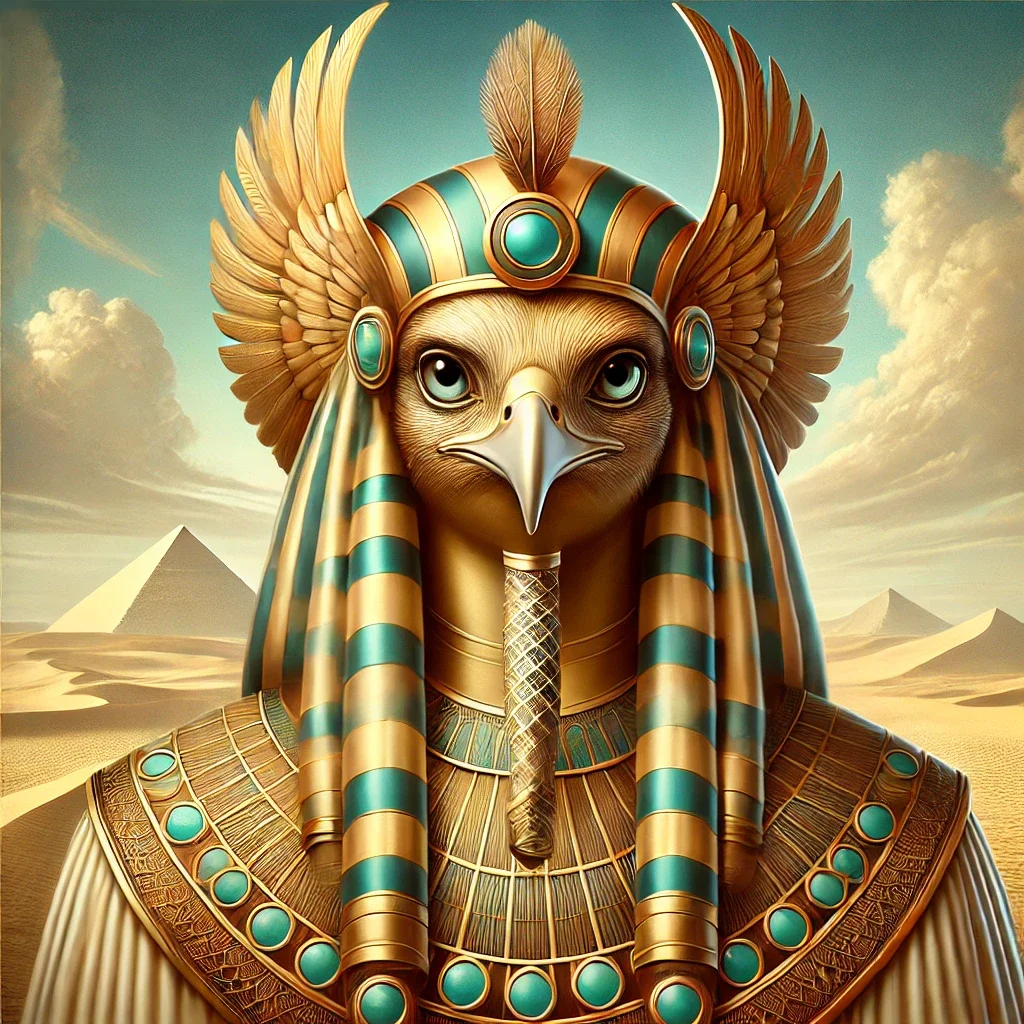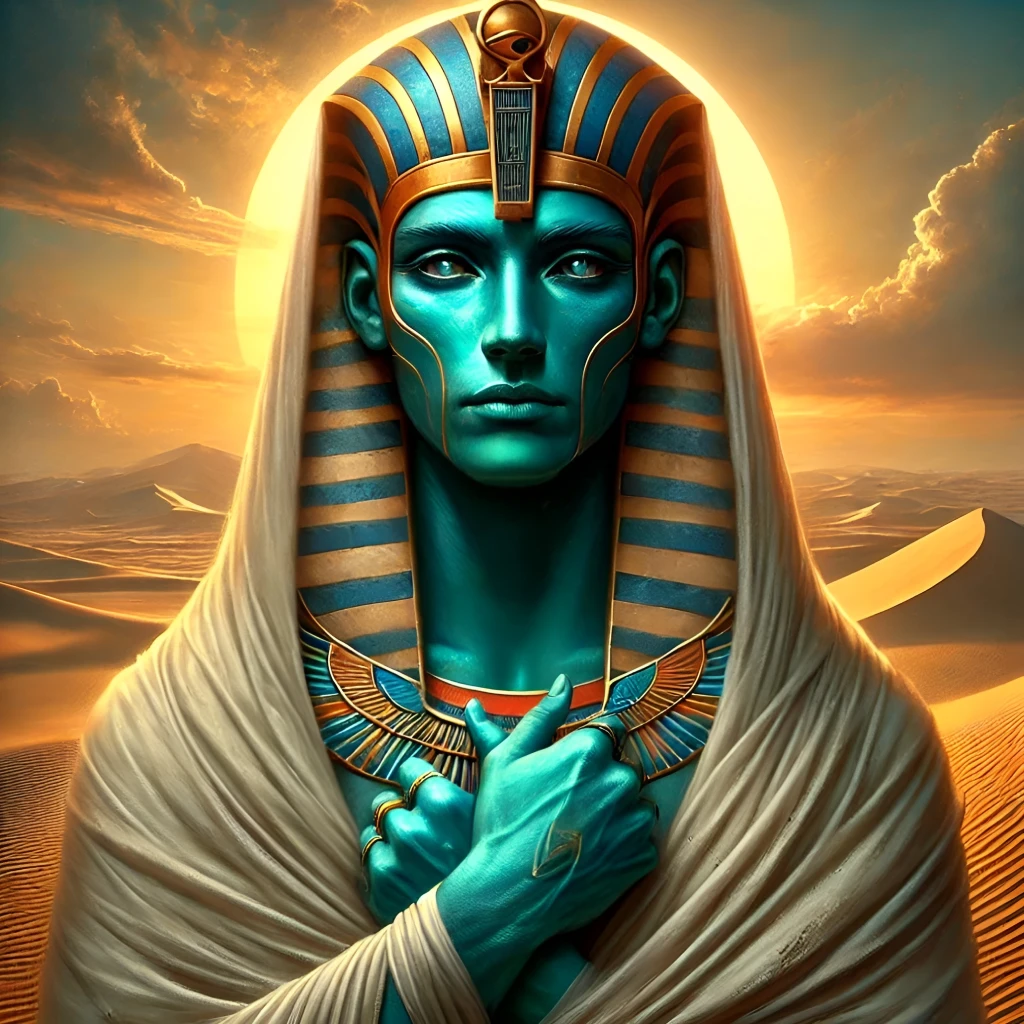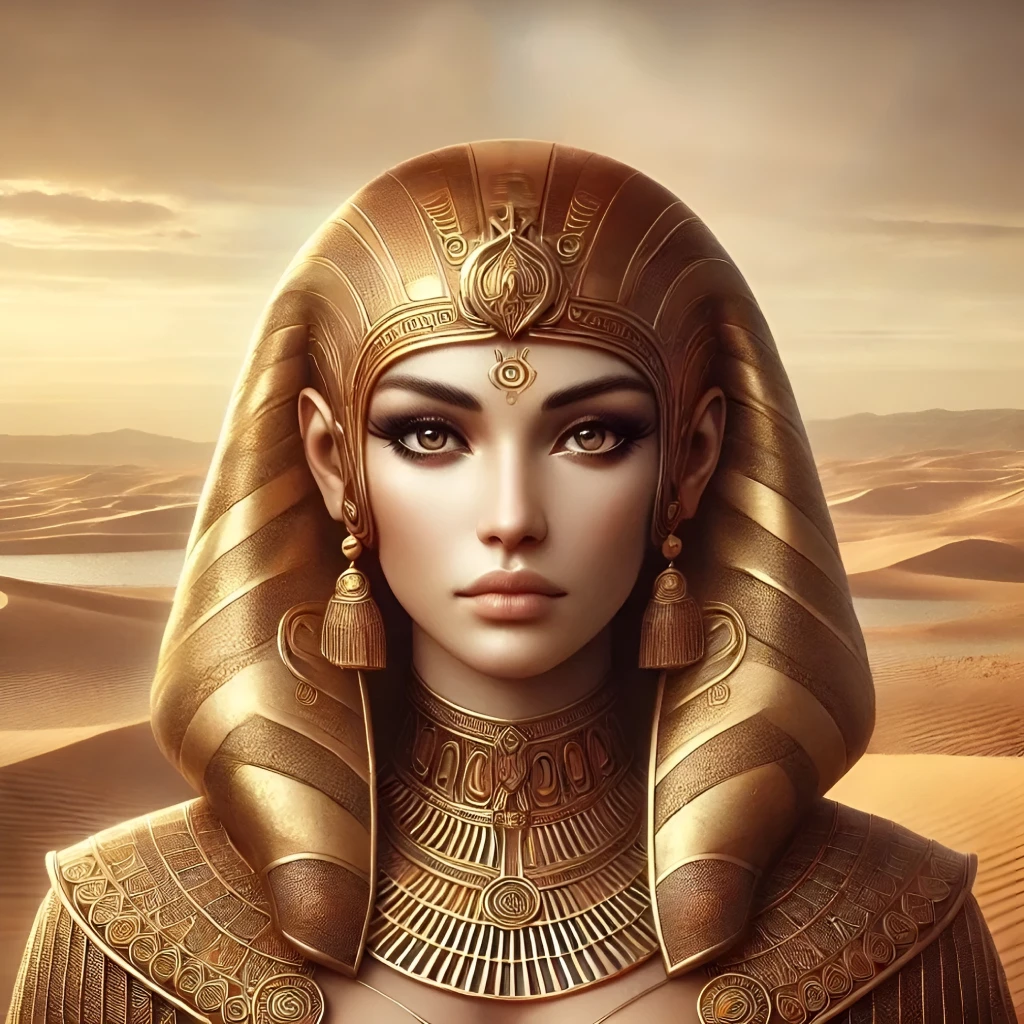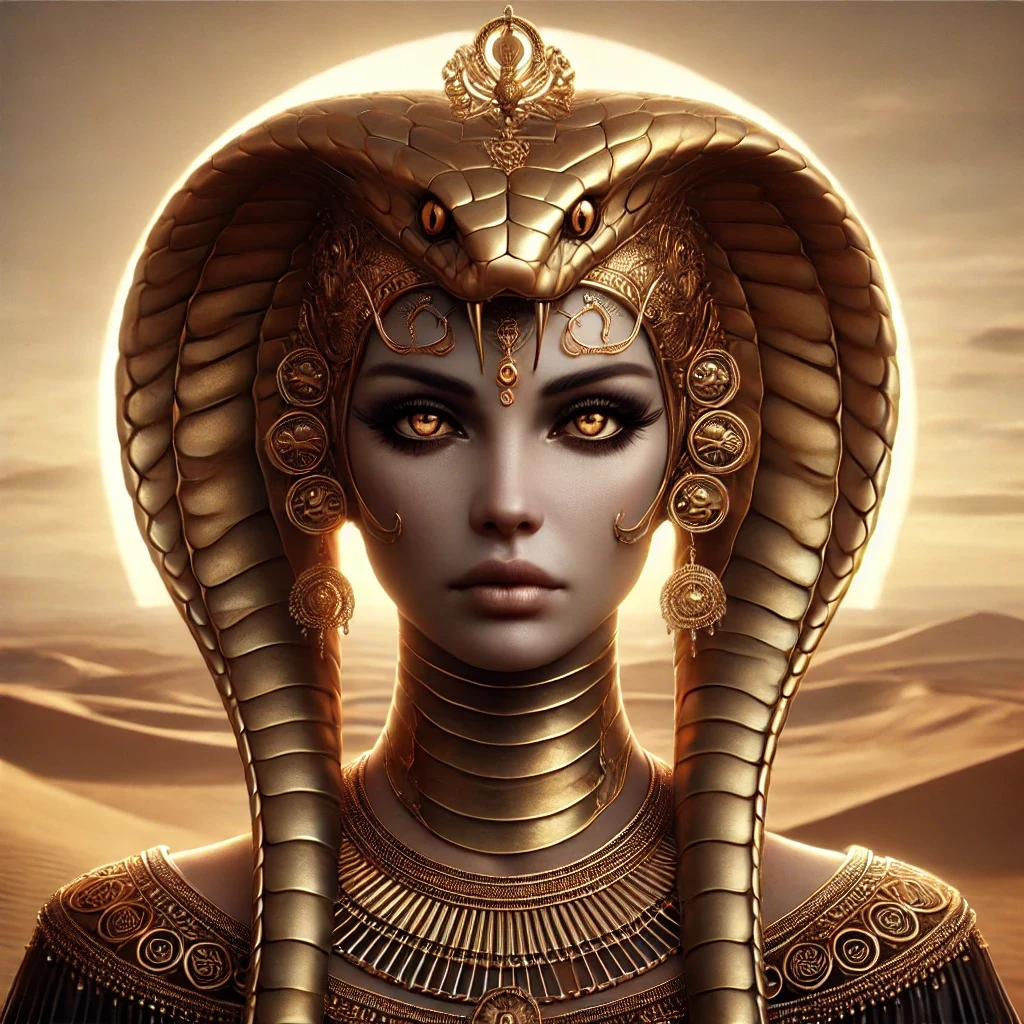Ra, often referred to as Re in some texts, held a central role in the pantheon of ancient Egypt. Recognized as the sun god, he bore titles such as “Creator of All” and “Lord of the Sun.” The name itself stems from the ancient Egyptian word for sun, highlighting his association with light and creation. Known for his cosmic journeys and embodiment of the sun’s life-giving energy, this deity was a cornerstone of Egyptian theology and culture, influencing art, rituals, and kingship.

Origins
The Rise of the Sun God
Ra’s roots trace back to Egypt’s Old Kingdom (circa 2686–2181 BCE), where he emerged as a dominant figure in the pantheon. Associated with the sun and creation, his worship grew alongside the centralization of political power in Memphis and Heliopolis. The latter, known as “Iunu” in ancient Egyptian, became his spiritual hub. Priests at Heliopolis propagated the belief that he was the creator of all life, emphasizing his role as both a father and king to the other gods.
Syncretism and Evolution
Over time, Ra’s identity merged with other major deities, such as Amun, forming Amun-Ra, a synthesis that reflected the political and theological unification of Upper and Lower Egypt. His fusion with Horus created Ra-Horakhty, symbolizing the sun’s journey across the sky. These amalgamations illustrate how adaptable his worship was, evolving alongside Egypt’s shifting religious landscape.
Appearance
Iconic Imagery
The solar deity’s iconography is unmistakable. He is often depicted as a man with the head of a falcon, crowned with a solar disk encircled by the protective uraeus serpent. This imagery combines regal authority with divine protection. Alternatively, he appears as a scarab beetle (Khepri) during sunrise, symbolizing rebirth, or as an aged man, reflecting the setting sun.
Variations in Depiction
Artifacts and temple carvings showcase the god’s adaptability in artistic representation. While his falcon-headed form is most common, some depictions show him as a full-bodied falcon or a ram, particularly in his nocturnal journey through the underworld.

Abilities
Creator of All Life
Central to Egyptian cosmology is Ra’s role as the creator. Using his divine words, he brought the cosmos into existence from the primordial waters of Nun. He created Shu (air) and Tefnut (moisture), who in turn gave rise to Geb (earth) and Nut (sky), laying the foundations of the world.
Master of the Sun’s Cycle
As the embodiment of the sun, the deity traverses the sky during the day aboard the solar barque, providing light and order to the world. At night, he journeys through the Duat (underworld), combating chaos embodied by the serpent Apep to ensure the sun’s rebirth each morning. This cycle underscores his role as a sustainer of life and protector against disorder.
Power Over Kingship
Pharaohs were considered earthly manifestations of Ra, and his favor legitimized their rule. His name became a title within the royal protocol, solidifying his influence over both divine and human realms.
Myths
The Eye of Ra
One of the most captivating tales involves the Eye of Ra, personified as a fierce goddess—often Sekhmet or Hathor. When humans plotted rebellion against him, he unleashed the Eye to punish them. In one version, Sekhmet’s bloodlust nearly annihilated humanity, forcing Ra to intervene by intoxicating her with beer disguised as blood.
Journey Through the Duat
Each night, Ra navigated the treacherous underworld in his sun barque. Accompanied by gods like Ma’at and Set, he faced numerous trials, including battles with Apep, the chaos serpent. His triumph ensured the continuation of cosmic order.
Creation Myth
In one version of creation, Ra’s tears birthed humanity, linking him to themes of compassion and care. This story highlights the duality of his nature: a stern protector and a benevolent father.

Symbolism
Solar Majesty
Ra embodies the sun’s power, radiance, and constancy. The solar disk represents life-giving energy and the cyclical nature of existence.
Order vs. Chaos
His nightly battle with Apep symbolizes the eternal struggle between order (Ma’at) and chaos (Isfet). This duality resonated deeply in Egyptian culture, reinforcing the importance of harmony and balance.
Regal Authority
The uraeus, the serpent coiled around his solar disk, signifies royal authority and divine protection. This imagery often adorned pharaohs’ crowns, linking them directly to his divine mandate.
- Objects: The solar barque and the ankh (symbol of life).
- Animals: The falcon, scarab beetle, and ram are sacred to him.
- Plants: The lotus flower, associated with rebirth, often appears in his iconography.
- Minerals: Gold, representing the sun’s unchanging brilliance, is closely linked to his worship.
Relationships
Family Ties
Ra is often described as the progenitor of major deities. Shu and Tefnut are his children, and their offspring, Geb and Nut, form the foundational elements of the world.
Alliances and Conflicts
His alliances include Ma’at, who represents cosmic balance and accompanies him on his solar journey. Conversely, his nemesis, Apep, epitomizes chaos and darkness. Ra’s dynamic relationships emphasize his pivotal role in maintaining universal equilibrium.
Integration with Other Deities
Through syncretism, he became Amun-Ra, the “King of the Gods,” and Ra-Horakhty, the “Horus of the Two Horizons.” These fusions illustrate his adaptability and the interconnectedness of Egyptian theology.

Trivia
- The Secret Name: According to legend, Isis tricked Ra into revealing his secret name to gain his power, showcasing her cunning and magical prowess.
- Temple of Heliopolis: Despite his prominence, few remnants of his primary temple remain due to extensive looting over millennia.
- Greek Connection: The Greeks equated Ra with their sun god Helios, underscoring his influence beyond Egypt.
- Modern Influence: Ra’s imagery inspires contemporary media, from video games to films, reflecting his enduring legacy.
- Sun Disk Iconography: The solar disk motif, central to his identity, influenced the later Atenist religion under Akhenaten.



